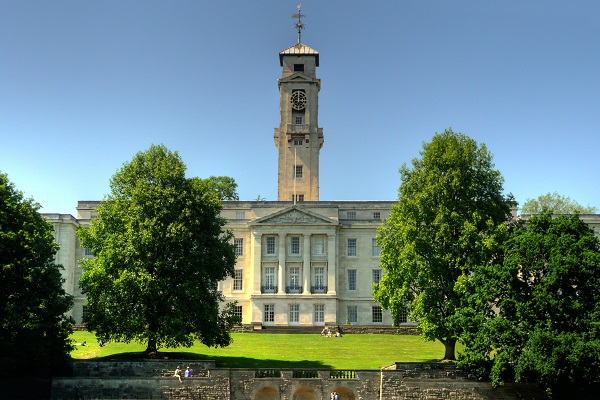University Of Nottingham launches archaeology labs
New archaeology laboratories at the University of Nottingham will play a vital role in supporting UK research breakthroughs in climate change and pollution, as well as the study of ancient materials.
Nottingham will be one of just two centres in the UK – and the first in the Midlands – to have some of the advanced analysis equipment.
The equipment will be used by teams who are currently studying ice-core-related climate-change in Georgia, to see which past pollutants are still present, along with the source of pollution and the effects over time. A new wide bore corer will allow researchers to take deep, highly accurate soil and sediment samples, while a portable X-ray machine (Bruker Tracer 5 portable XRF analyser) will allow researchers to examine artefacts and sediment samples in minute detail. The equipment will also be used on artefacts. Researchers will be able to look at the chemical make-up of ceramic and glass, to discover how and where people were making items in the past.
Nottingham’s Archaeology department will become only the second centre in the UK to have a spectrometer (LabSpec 4 Vis-NIR) dedicated to the analysis of preservation in archaeological bones. This is a vital tool because bones must contain preserved proteins for radiocarbon dating, isotope analysis, protein analysis and ancient DNA research. Bones that don’t hold proteins can be damaged unnecessarily when they are examined, so the new machine will help researchers to sample the right bones. A new Faxitron X-ray machine will also be introduced to image bones and artefacts, including corroded metal items. This will help researchers to get an idea of the true shape underneath the corrosion and see whether items like urns still contain cremated remains or whether bones have been affected by disease or injury.
We’re really excited about this transformative investment that will fundamentally change the way we work in our labs, in the field, and with our cultural partners. The new dedicated facilities and equipment represent a step-change in the scale of what is possible for our research into historic climate change, historic pollution, and the application of wider geoarchaeological and isotope analyses about people in the past.
Dr Holly Miller, Assistant Professor in Zooarchaeology at the University of Nottingham

